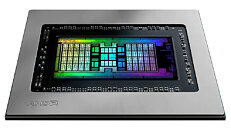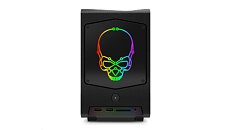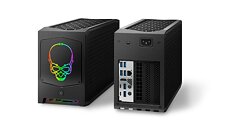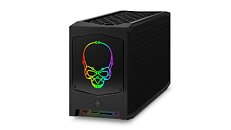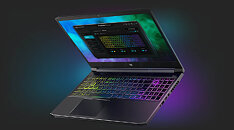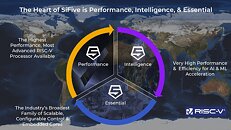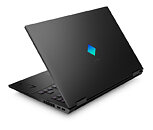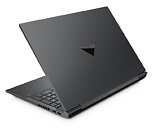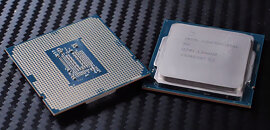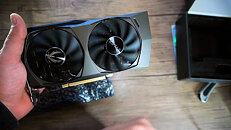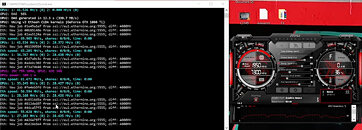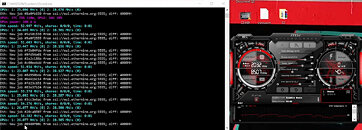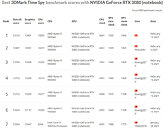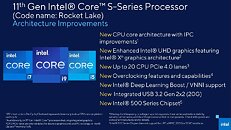
congatec launches 10 new COM-HPC and COM Express Computer-on-Modules with 12th Gen Intel Core processors
congatec - a leading vendor of embedded and edge computing technology - introduces the 12th Generation Intel Core mobile and desktop processors (formerly code named Alder Lake) on 10 new COM-HPC and COM Express Computer-on-Modules. Featuring the latest high performance cores from Intel, the new modules in COM-HPC Size A and C as well as COM Express Type 6 form factors offer major performance gains and improvements for the world of embedded and edge computing systems. Most impressive is the fact that engineers can now leverage Intel's innovative performance hybrid architecture. Offering of up to 14 cores/20 threads on BGA and 16 cores/24 threads on desktop variants (LGA mounted), 12th Gen Intel Core processors provide a quantum leap [1] in multitasking and scalability levels. Next-gen IoT and edge applications benefit from up to 6 or 8 (BGA/LGA) optimized Performance-cores (P-cores) plus up to 8 low power Efficient-cores (E-cores) and DDR5 memory support to accelerate multithreaded applications and execute background tasks more efficiently.

























